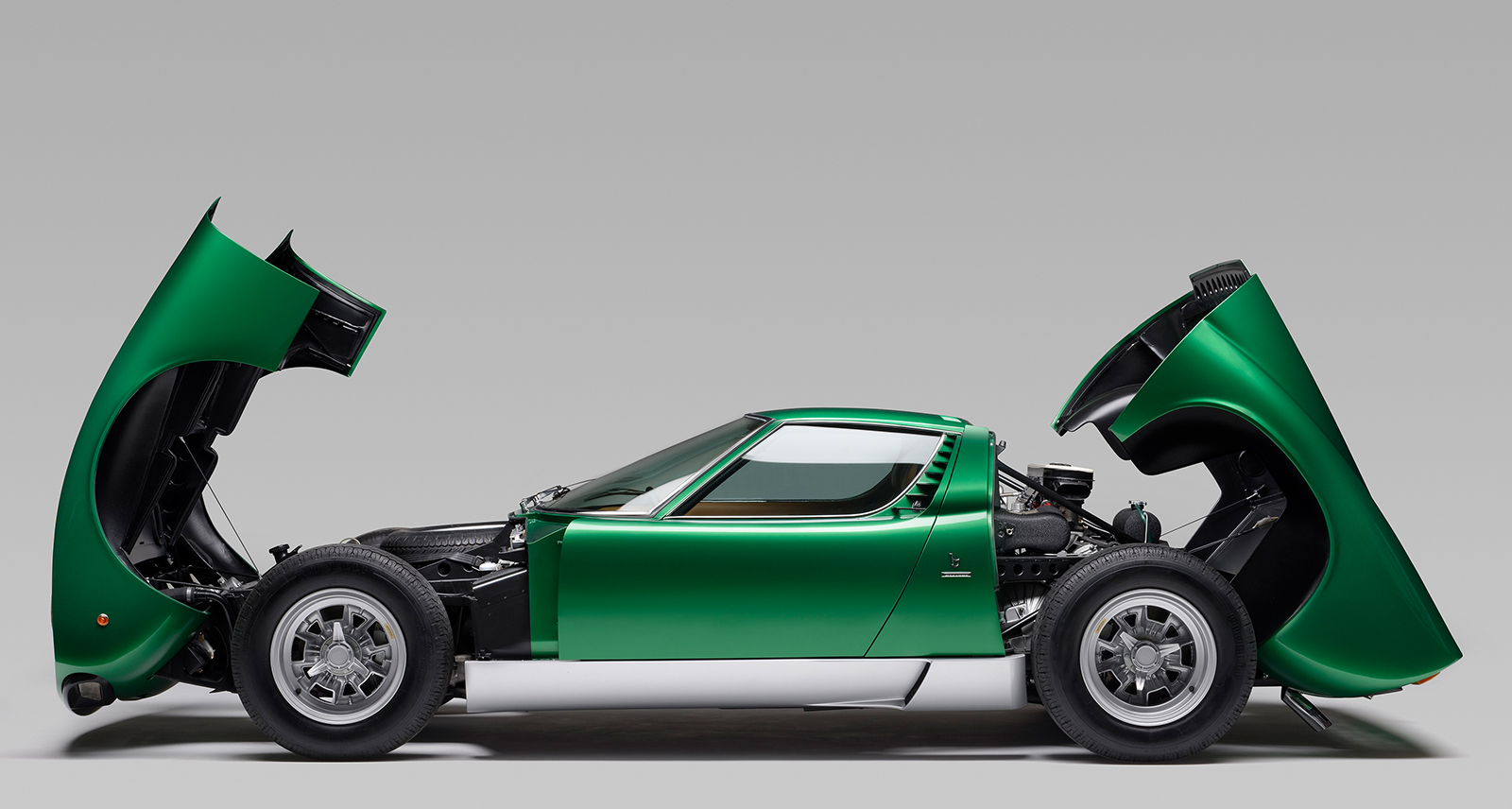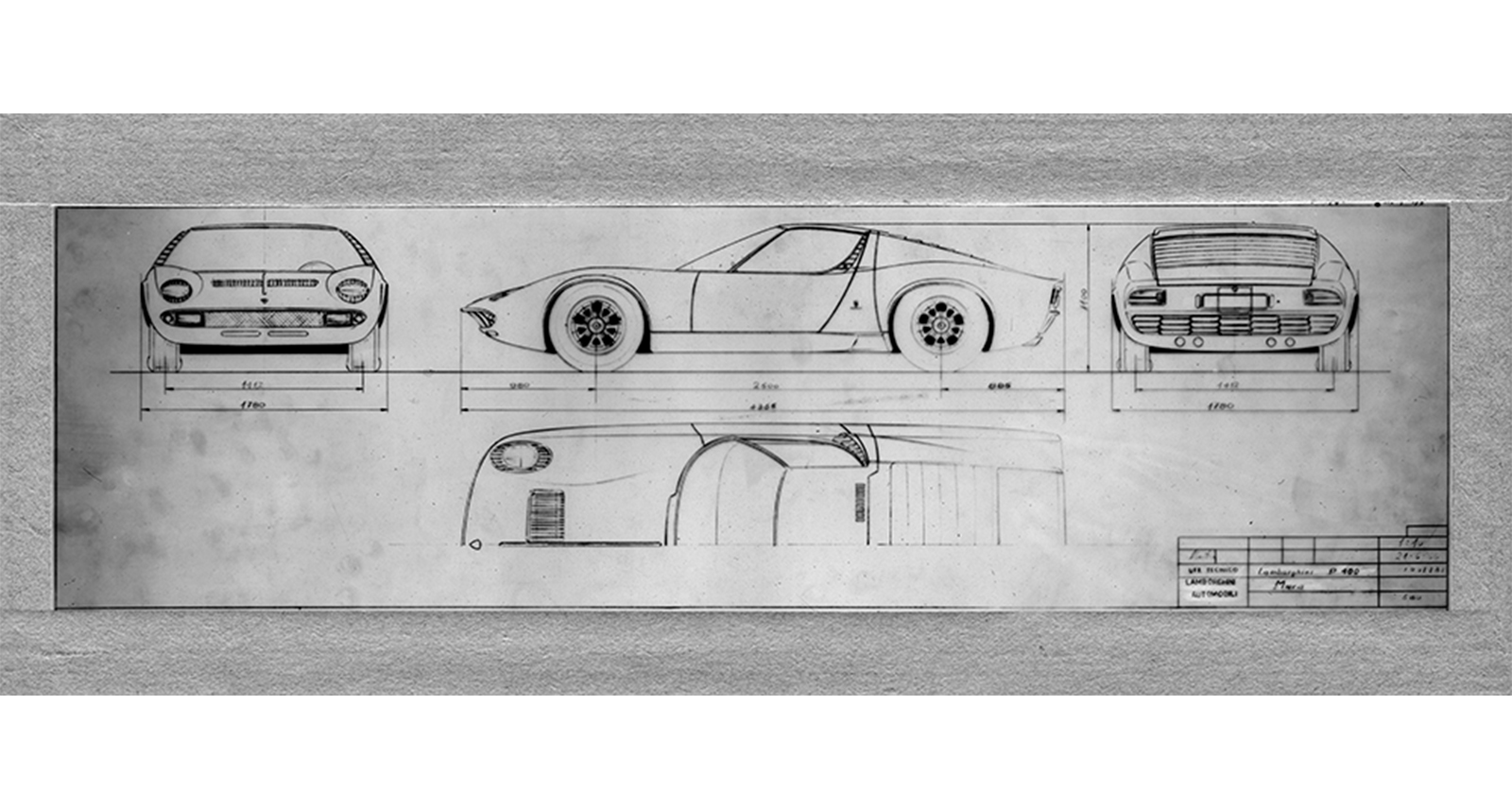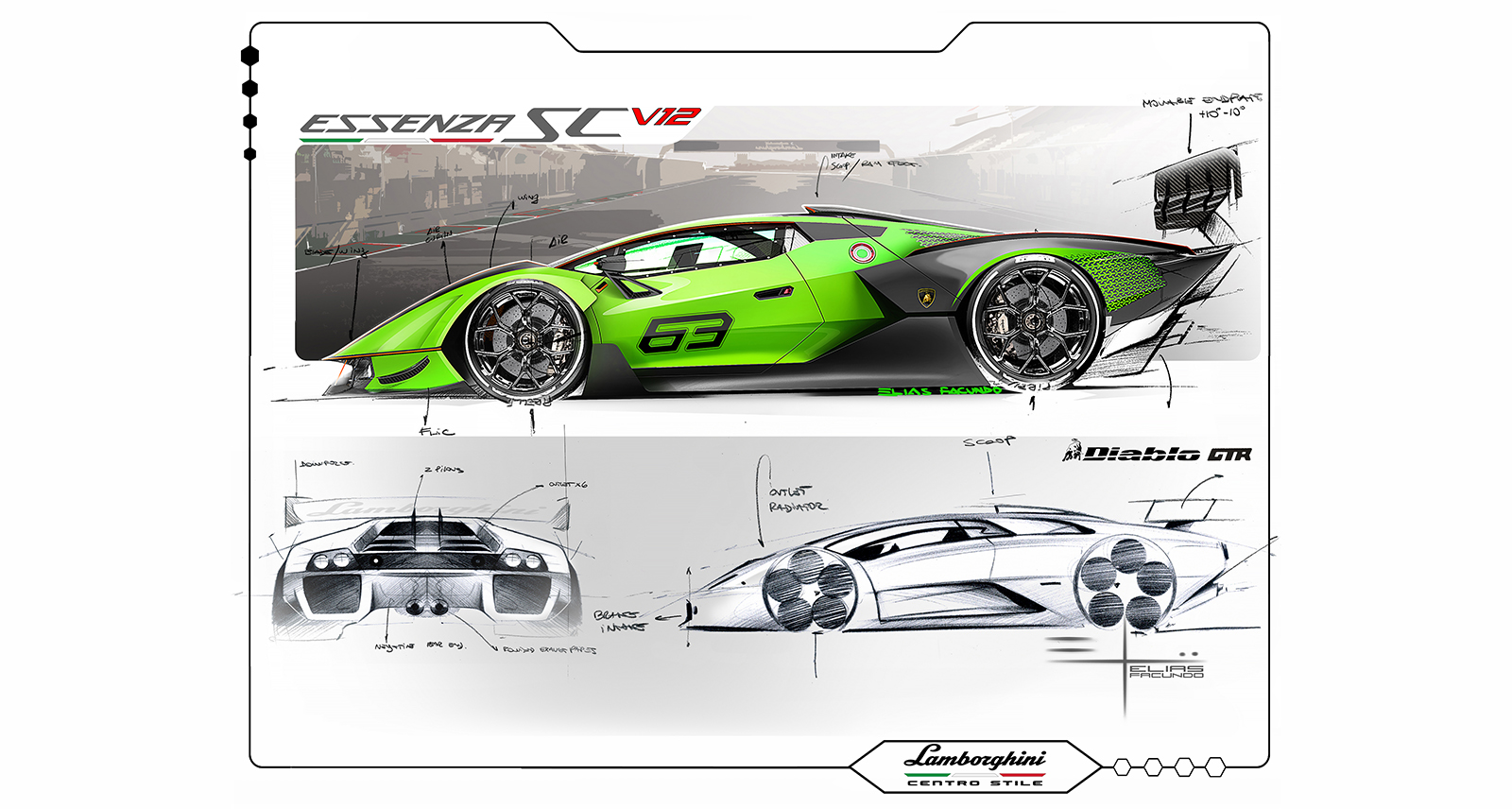11 Parts of Your Car That Actually Have Names
You may not think much about that hunk of metal parked in your driveway, but a large team of designers spent years — yes, years — making it look the way it does. Every part of a car’s exterior has a name, although most who don’t design cars for a living will never hear them. Designers have as words to describe the multitude of lines and curves and parts of a vehicle as fishermen have to describe the sea.
Knowing some basic car-design vocabulary can help when you’re trying to pin down exactly why, say, a Bentley Mulsanne or some vintage Lamborghini looks stone-cold stunning while your average econo-box leaves no lasting impression at all.
Here are 11 parts of your car that actually have names:
Tumblehome
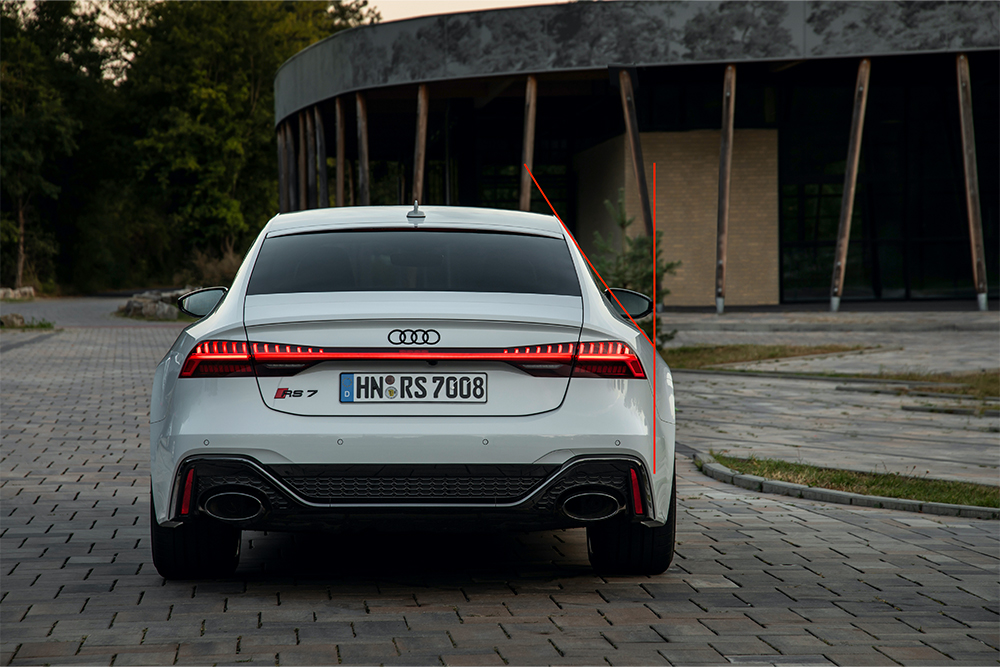
This refers to the way the sides of a vehicle slope inward, generally from the bottom of the windows to the roof. Cargo vans have minimal tumblehome to maximize interior space. Performance-oriented machines like this Audi RS7 have extreme tumblehome. The term originates in ship design, where it refers to a similar inward-sloping characteristic of a boat’s hull.
Brightwork
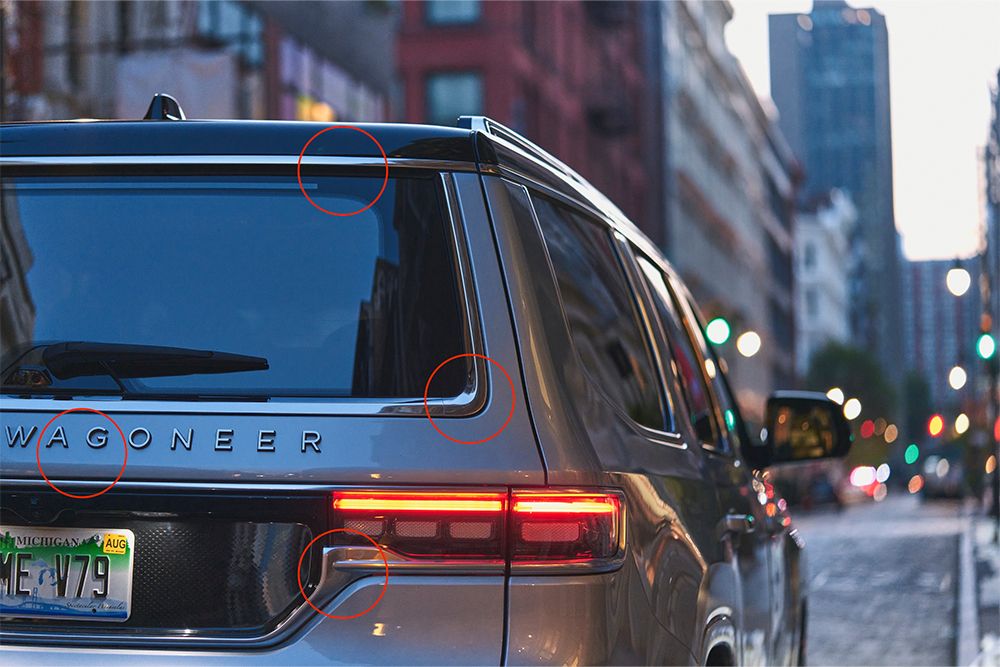
Shiny pieces of trim, usually chrome, that adorn the exterior of a vehicle. Can be done tastefully, or not.
Pillars (A, B, C, etc.)
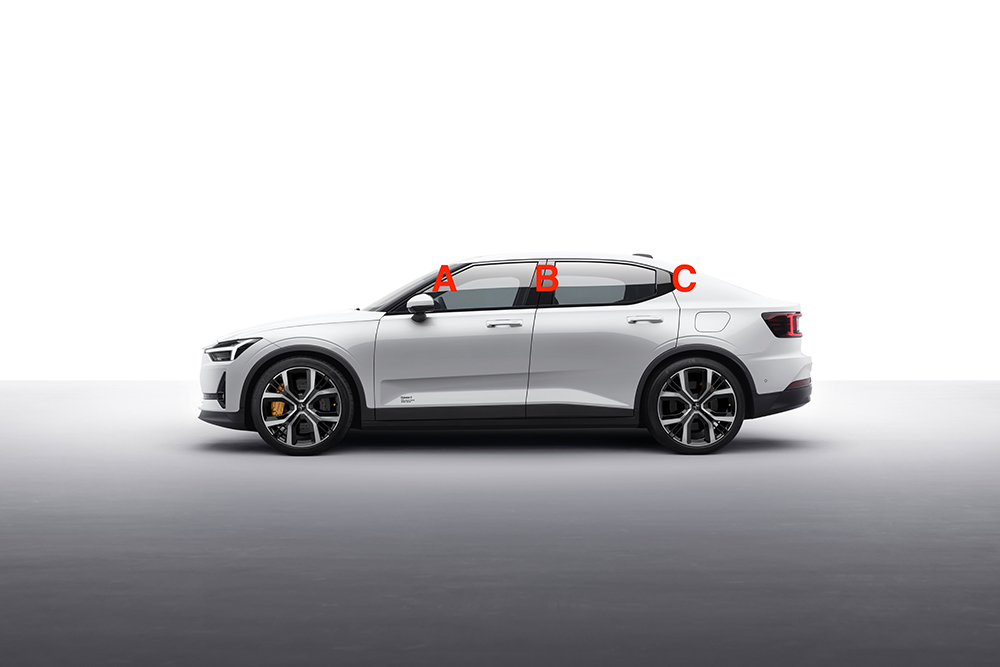
The pillars are structural beams that connect the roof to the body of a vehicle. Each pillar is assigned a letter, starting from the front of the vehicle with the A-pillar. The B-pillar is behind the front door. The C-pillar is behind the rear door, etc.
Character Line

The main decorative crease(s) running the down the side of a car. Also sometimes called swage line. On this BMW M2 CS, the character line helps give the car an aggressive nose-down stance. These lines can be sharp creases or softer light-catching curves in the sheet metal. Too many and a car can look fussy, but too few and it can look awkward or forgettable.
Splitter
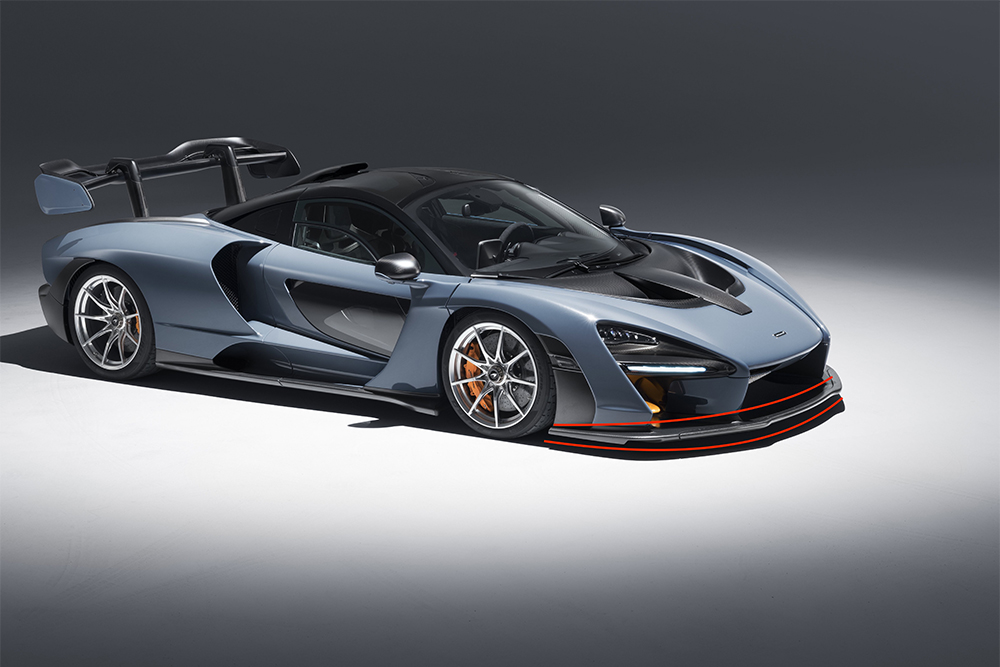
A flat-ish panel jutting out from below the front overhang. Besides looking cool, a splitter helps to create aerodynamic downforce and/or reduce aerodynamic lift by creating a low-pressure zone below it and high-pressure zone above. Often seen on track-day toys like this McLaren Senna.
Dash-to-Axle
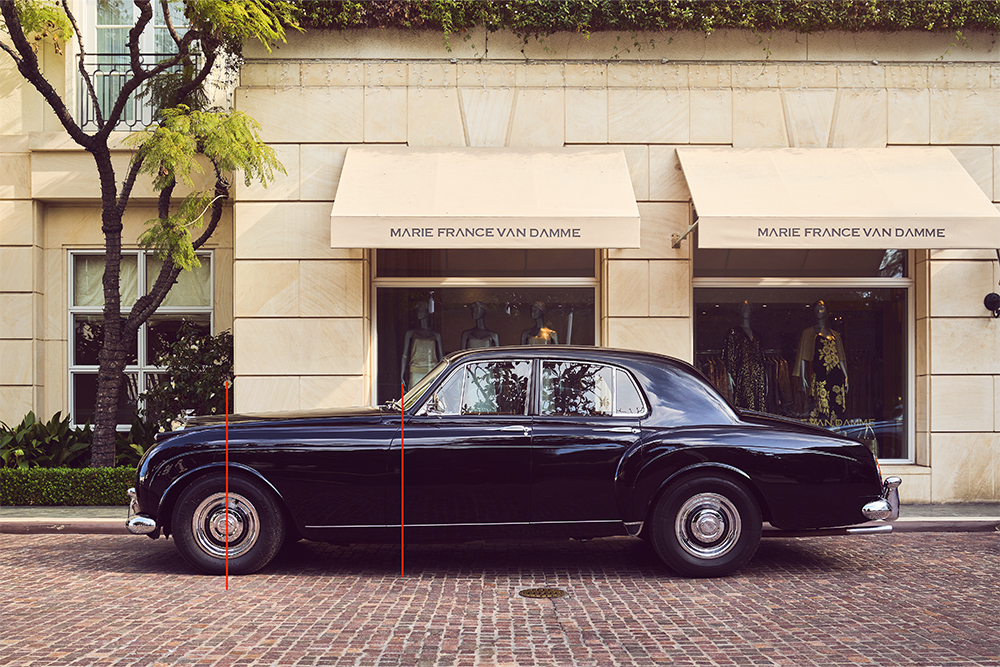
The distance from the front axle to the dashboard. This is an important term to know because it often — but not always — dictates how “prestigious” a car looks. The longer the distance, the more luxe. Front-wheel drive economy cars like a Toyota Corolla have a short dash-to-axle distance. Rear-wheel drive machines, like the 1958 Bentley S1 Continental Flying Spur by H.J. Mulliner seen here, have a lengthy dash-to-axle distance and appear fit for royalty. Dash-to-axle distance once signified the presence of a large motor, but these days it’s becoming a design choice, as on the Tesla Model S or Fisker Karma, which don’t need space for combustion engines at all.
Overhang
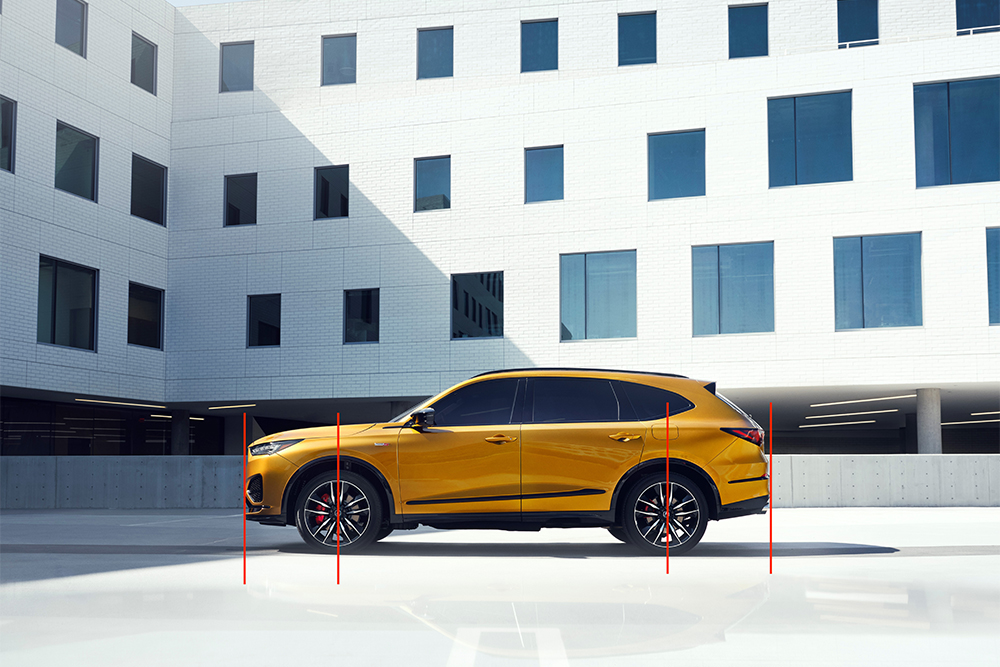
The front overhang is the distance from the front wheel to the tip of the front bumper. The rear overhang is from the rear wheel to the rear bumper. To make a car look good, the overhangs need to be in proportion with the rest of the vehicle.
DLO (Daylight Opening)
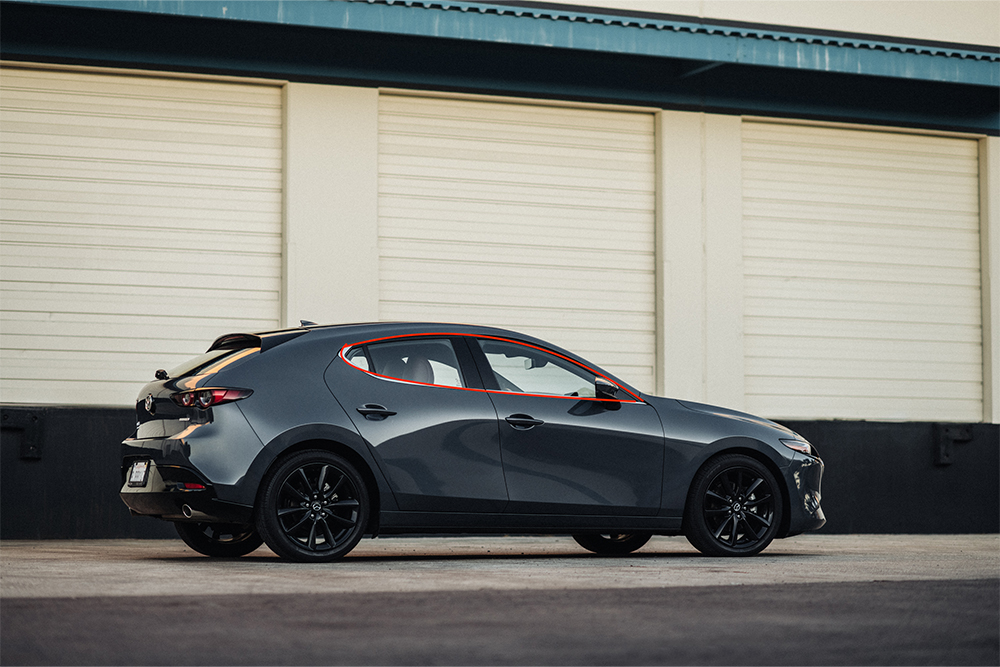
This generally refers to the overall shape of the side windows. You don’t want a car to feel like a basement apartment, so, you want a nice big DLO. Older cars — we’re talking ‘90s and earlier — had skinny pillars and tall windows, and therefore a large DLO. The ‘00s trend was to have a narrower DLO, in part thanks to stricter side-impact crash safety regulations.
Greenhouse

Similar to DLO, but you’ll often see greenhouse referring not just to the side windows but all windows. Bright, airy cars with a panoramic glass roof and a large DLO do, actually, feel a lot like greenhouse.
Hofmeister Kink

A bend in the C-pillar that kicks back toward the front of the car. As seen on this 1984 BMW M635CSi. The Kink is named for Wilhelm Hofmeister, who led BMW’s design department from 1955 to 1970. The shape has evolved over the years, but can still be seen on most new BMWs, and some copycats.
Rocker
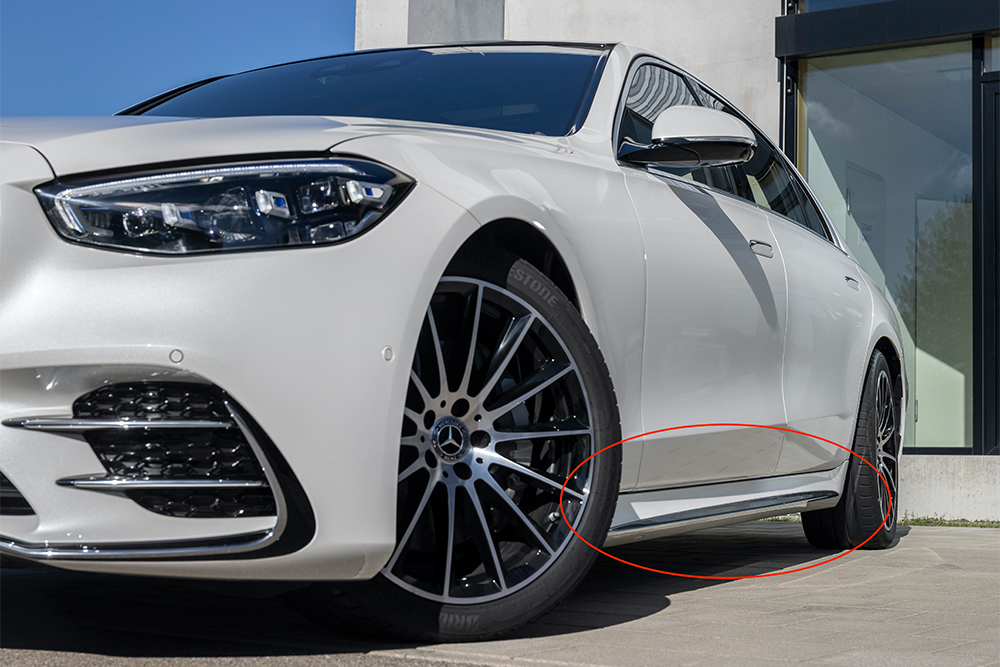
The piece of bodywork below the doors, also called “sill.” Not as cool as it sounds.
And if you like impressing people with this type of knowledge, then you’ll certainly get a kick out of 17 parts of your shoes that actually have names.
